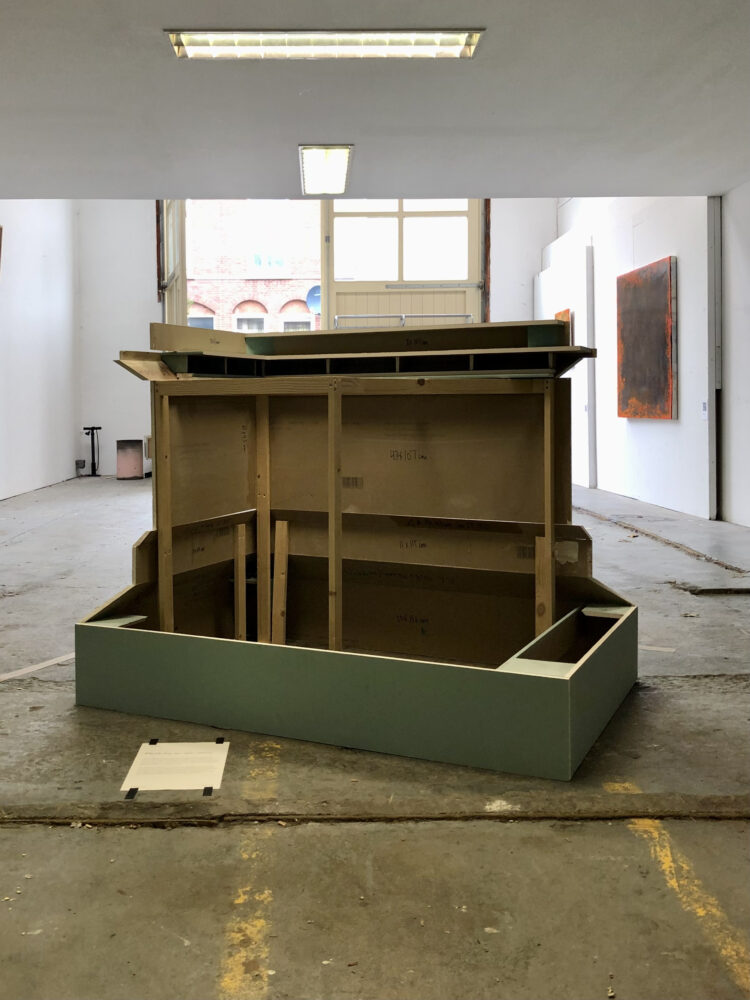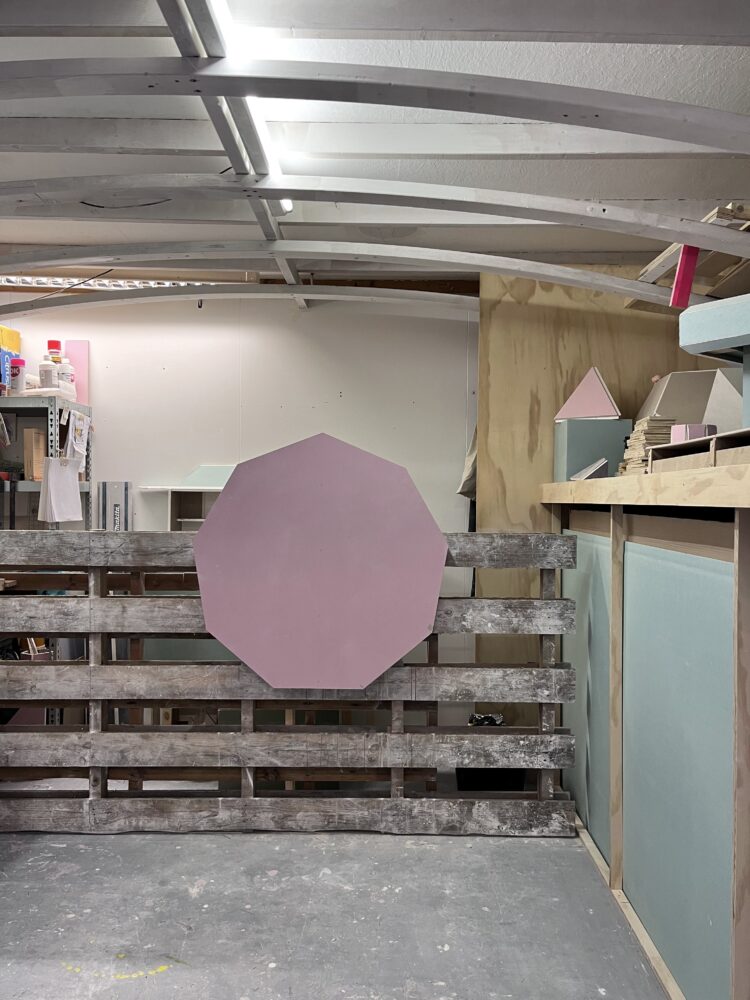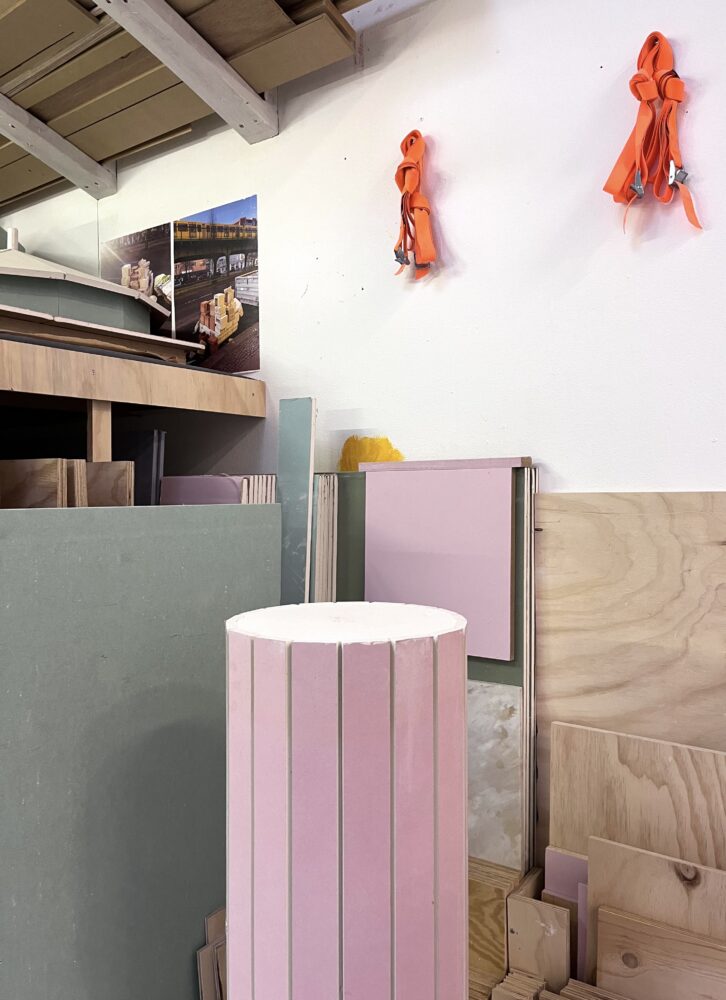Plinth for no one
2022 - 2024
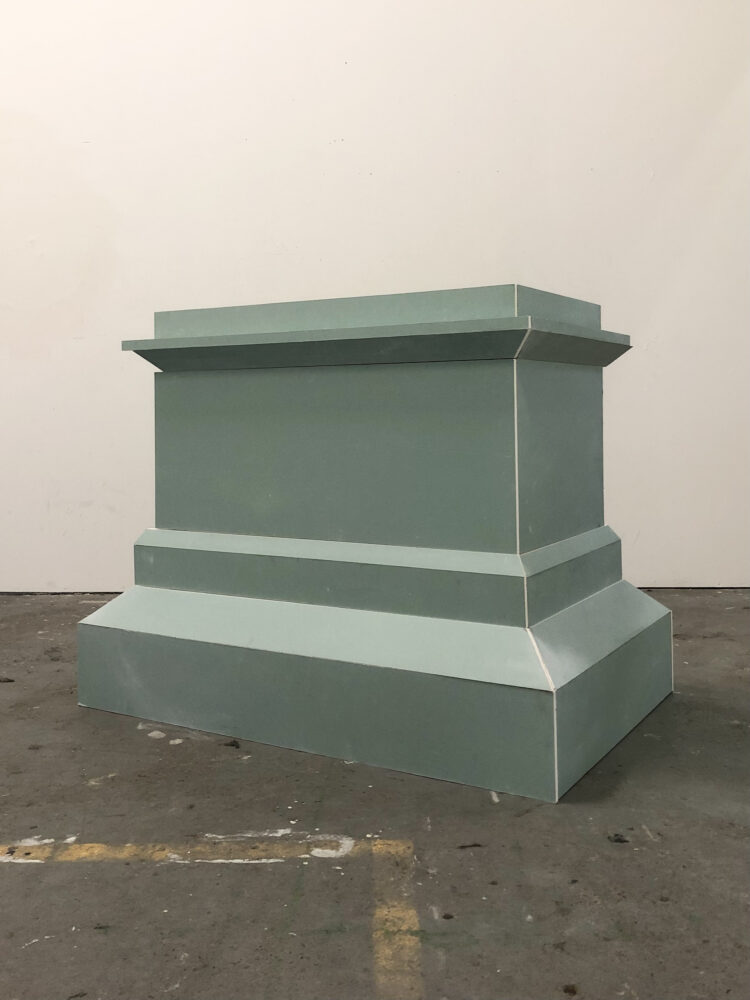
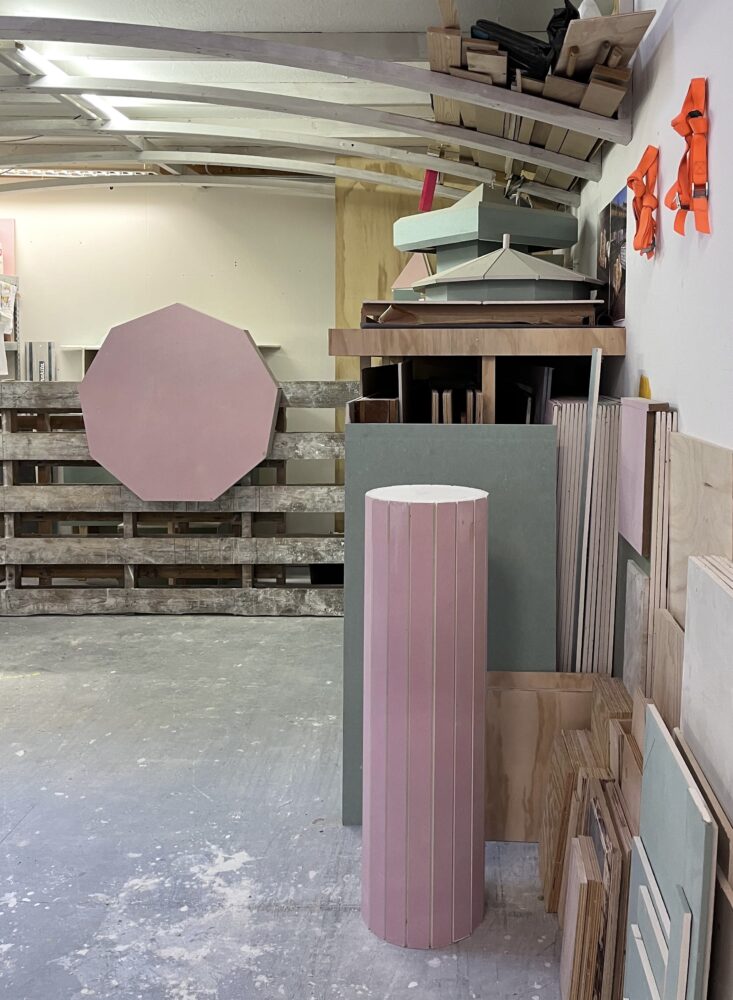
This series is a manifestation of ongoing research into the physical and aesthetic characteristics of the pedestals on which we publicly elevate hegemonic culture. The plinth is defined by its subservience to its supporting object, from ornate stone plinths commemorating historical figures – chiefly heterosexual white men – to painted MDF cubes for displaying contemporary art.
An unadorned plinth is therefore a contradiction – some are consummated by a programme of sculptural additions, while toppled statues leave behind empty pedestals as potent symbols of progress. Responding both to extant examples and new interpretations of sculptural pedestals, Plinth for no one asks what value these ubiquitous objects have when they stand alone.

